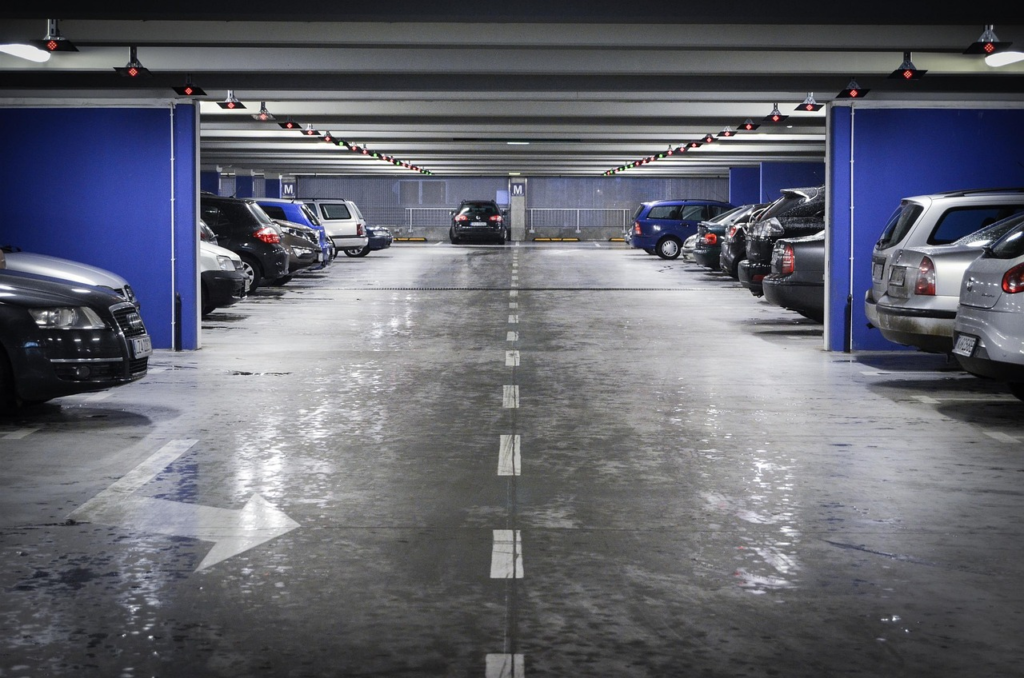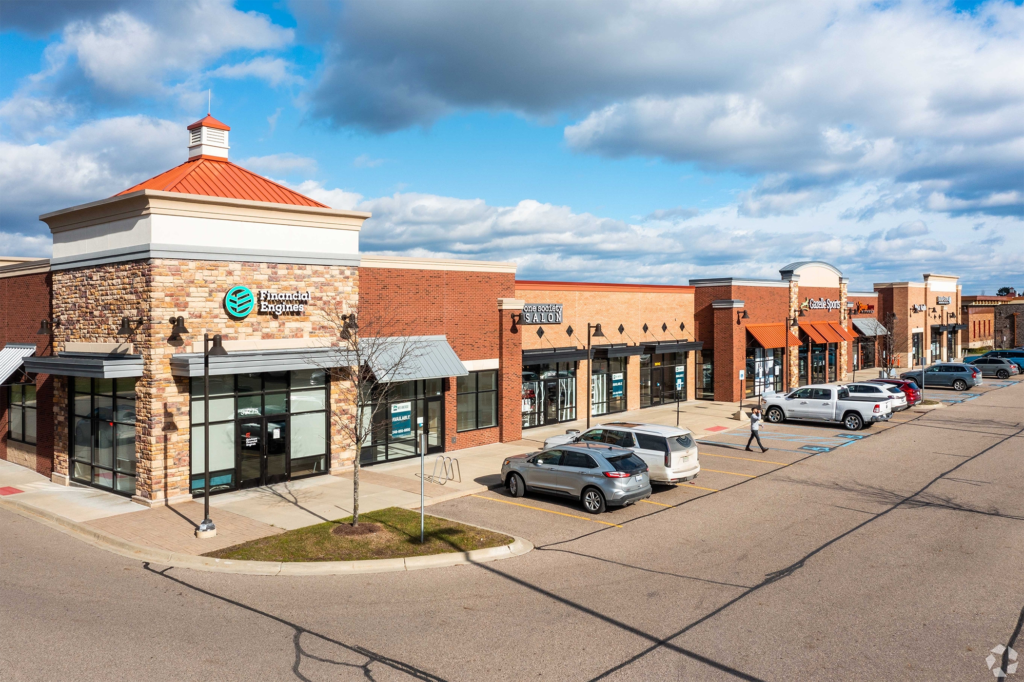What is a Smart Parking System?
Defining Smart Parking Systems
As cities face increasing urbanization, traffic congestion, and environmental concerns, the need for more efficient infrastructure has become urgent. Among mobility challenges, parking remains a key inefficiency, often contributing to wasted time, fuel, and urban space. Smart parking systems offer data-driven, tech-enabled methods to streamline how parking is managed and accessed.
A smart parking system typically integrates sensor networks, communication technologies, and digital platforms to monitor, allocate, and optimize parking spaces. A smart parking solution may refer to a specific application or component that enhances user experience or system efficiency. Some examples are such as real-time availability maps, digital payments, or dynamic pricing.
Objectives and Scope of This Smart Parking Review
This article provides a historical review of smart parking systems and solutions as studied in academic and technical research. It explores how these technologies evolved across different phases—from early mechanical systems to today’s AI-powered platforms. It also examines the contributions of key regions, particularly the United States, Japan, and Europe, while identifying persistent challenges and future directions.

Before Smart Parking: The Mechanical Era (1900–1995)
Early Parking Systems Before Digital Solutions
The concept of automated parking is far from new. In the early 20th century, cities began experimenting with mechanical parking systems to address growing space limitations. In 1905, the Garage Rue de Ponthieu in Paris used vertical lifts to park cars in a multi-level structure. This was an early attempt at spatial optimization without modern digital controls.
The first parking meter, invented in Oklahoma City in 1935, allowed cities to regulate parking time and generate revenue. While this was not yet a smart parking system, it marked the beginning of parking as an urban resource to be managed actively.
Global Experiments in Early Automated Parking Systems
Mechanical automated parking systems (APS) gained traction in other regions. For instance, in the 1920s–1930s in the U.S., the “paternoster” system—a vertical rotating carousel—was built in Chicago. It stacked cars in minimal space. The first driverless parking garage opened in Washington, D.C., in 1951, with elevator-based storage and automated retrieval by a single operator.
By the 1980s and into the 1990s, Japan led in APS adoption, installing an estimated 40,000 to 100,000 automated parking spaces annually. This demonstrates how densely populated cities innovated mechanical systems that anticipated later smart parking solutions.

The Birth of Smart Parking Systems (1995–2005)
First Integration of Sensors and Digital Smart Parking Technologies
The mid-1990s marked the transition from mechanical to digital, as parking infrastructure began to incorporate electronics, sensors, and communication networks. This period saw the first functional smart parking solutions—albeit in basic forms. For instance, vehicle detection sensors (e.g., magnetometers and infrared) were introduced in structured parking facilities, allowing real-time data collection on spot availability.
In South Korea, the Hanaro Card system launched in 1997, integrating public transit fare collection and parking payments into a single digital platform. Though not branded as a smart parking system, it laid groundwork for future multimodal smart mobility infrastructures.
Early Research and Pilot Smart Parking Systems in the U.S. and Europe
In the academic world, institutions like Stanford University and MIT began exploring wireless sensor networks for urban monitoring, including parking applications. Chen et al. (2004) published one of the earliest studies on sensor deployment for real-time parking availability detection. This highlighted the feasibility of wireless smart parking systems using low-cost devices.
In parallel, cities like Boston and London experimented with park-and-ride facilities enhanced by dynamic signs to inform drivers of space availability. This is an early public-facing smart parking solution combining detection with user interface.
This period, though still experimental, marks the beginning of digitally enabled parking systems—a significant leap toward today’s integrated smart parking ecosystems.

Smart Parking Systems Go Public (2005–2015)
ParkPGH: A Landmark in Real-Time and Predictive Solutions
In the late 2000s, Pittsburgh launched ParkPGH—a pioneering smart parking solution that combined real-time detection with predictive modeling for parking availability. Developed by Carnegie Mellon University’s Dr. Robert Hampshire, ParkPGH provided updates every 30 seconds through platforms including mobile apps and SMS, covering thousands of spaces in downtown Pittsburgh and offering predictions—not just current counts—based on historical and event data. This represents one of the earliest scalable implementations of a smart parking system in a real-world urban context.
Beyond speed and availability, ParkPGH also informed users about rates and upcoming events likely to affect demand. It was funded by nonprofit and academic partners, exemplifying how collaborative efforts can launch functional smart parking solutions in city environments.
Systems Engineering and the Smart Parking Ecosystem
A later analysis treated ParkPGH as a case study in a systems engineering approach to smart parking system design. Researchers conducted stakeholder assessments, pricing effectiveness studies, and simulations for crowdsourced extensions—demonstrating how early digital parking systems could be improved through comprehensive planning.
These innovations between 2005 and 2015 signaled a shift: smart parking systems were no longer limited to pilot installations, but were evolving toward urban-scale solutions, powered by data, user interfaces, and predictive models.

Advanced Smart Parking Systems and AI‑Driven Solutions (2015–2025)
Computer Vision and IoT in Smart Parking Detection
As cities sought smarter infrastructure, advances in computer vision and IoT reshaped smart parking systems. In 2019, a landmark study presented a real-time video-based system using deep convolutional neural networks (DCNN) for parking measurement. The system combined multiple frames and tracking filters to improve accuracy over standard image segmentation, offering a scalable and rich alternative to costly sensors like radar—ushering in a new era of image-driven smart parking solutions.
Energy Efficiency through Reinforcement Learning in Smart Parking Analytics
Video analytics, while powerful, are energy-intensive. To address this, the RL‑CamSleep system was proposed in 2022, employing deep reinforcement learning (RL) to activate smart cameras only when essential. Evaluated on a city-scale dataset, RL‑CamSleep reduced energy consumption by 76% while maintaining over 98% accuracy in occupancy detection. This model exemplifies how smart parking systems can become both intelligent and energy-aware.
Other research in the period also applied deep learning for real-time parking analytics. A 2022 framework blended image analysis, deep learning, and ray tracing to track occupancy and misuse, forming part of a pipeline for smart parking solution development.

Next‑Generation Smart Parking Solutions (2025 and Beyond)
Dynamic Pricing via Reinforcement Learning
Emerging smart parking paradigms now focus on monetization and demand management. A recent study deployed deep reinforcement learning (DRL) to optimize dynamic pricing in parking contexts. The algorithm acted based on IoT sensor data from barriers and cameras, simulating the parking environment and driver behavior to adjust prices, regulate traffic flow, and maximize revenue—pointing toward smart parking systems that are adaptive and economically intelligent
Autonomous and Predictive Parking: The Future of Smart Parking Systems
Looking ahead, autonomous vehicles and edge AI will transform parking. A prototype autonomous vehicle used deep reinforcement learning to detect an empty slot via image processing and then park, showcasing how smart parking systems may soon include fully automated, self-driving capabilities with onboard neural-network accelerators for efficiency.
Other trends include predictive allocation systems using graph convolutional networks and reinforcement learning to optimize urban parking in real-time, representing the next frontier of smart parking solutions as part of integrated mobility and smart city infrastructure.

Conceptual Shifts: From Automation to Intelligence in Smart Parking Systems
Evolving Architectures in Parking Systems
The development of smart parking systems has progressed from simple sensor installations to layered, intelligent infrastructures. A 2021 literature review by Biyik et al. describes a four-layer architecture common to modern smart parking systems: the physical layer (devices and sensors), the network layer (data transmission), the application layer (user interfaces and software logic), and the transaction layer (data processing and security). This framework allows smart parking solutions to scale flexibly while maintaining operational integrity.
Layered Architecture in Parking Management
A separate model proposed in IET Intelligent Transport Systems expands on this by integrating wireless networks, mobile payment services, and intelligent parking assistants into a city-wide architecture. This model emphasizes how smart parking systems now contribute to the broader smart city ecosystem, moving beyond simple vehicle detection toward adaptive infrastructure management.
Additionally, a study by Idris et al. (2018) in IEEE Access analyzes over 100 implementations and proposes a modular architecture emphasizing interoperability, real-time analytics, and data-driven control, pointing to a maturing field where smart parking solutions are expected to function autonomously and contextually. See also the 4 largest smart parking solutions deployed to date.

Global Leadership in Smart Parking Solutions
Bibliometric Analysis of Research Activity
Smart parking research has become increasingly global. A bibliometric study published in CiteDrive shows that between 2012 and 2022, over 1,600 papers related to smart parking systems were published, with contributions from more than 2,100 institutions across 103 countries. The United States, China, and several European nations consistently rank as leaders in publication volume and research influence, but emerging contributions from India, South Korea, and Turkey suggest an increasingly distributed innovation landscape.
Another bibliometric study conducted by Fahim et al. (2021) also confirms this trend, showing the growing interest in smart parking solutions in urban policy, IoT, and machine learning research areas. The study also highlights increased inter-institutional collaboration in high-impact research clusters.
SmartSantander and Global Urban Deployments
In real-world implementations, Spain’s SmartSantander project remains a benchmark in smart parking systems. With over 300 wireless sensors installed across the city, researchers were able to use the data to train a graph-to-sequence neural network to predict space availability. The system not only improved traffic flow but also allowed users to access forecasts via mobile applications—demonstrating a complete, operational smart parking solution powered by AI and IoT.
Projects of this type illustrate the increasing convergence of data science, real-time systems, and urban planning—key domains shaping the next generation of smart parking solutions globally.

Challenges and Future Directions for Smart Parking Systems
Privacy, Security, and Regulatory Concerns
Despite their benefits, smart parking systems pose significant privacy and security challenges. Many systems rely on technologies like license plate recognition (LPR), mobile apps, and sensor networks. However all of those can collect sensitive personal data. A privacy-preserving framework proposed by Al Amiri et al. (2019) uses blockchain and private information retrieval (PIR) to anonymize driver data while enabling secure reservation and payment—highlighting growing efforts to embed privacy by design into smart parking solutions.
Another study addresses data performance and latency. In this aim, it offers an edge-AI system within IoT infrastructure, balancing real-time parking detection with local data processing. The objective is to reduce exposure of sensitive information.
Accessibility, Cost, and Equity Issues
Smart parking solutions often assume user access to smartphones or digital payment platforms, potentially marginalizing certain populations. A review of future parking technologies points out that while frictionless systems (e.g., QR codes, mobile payments) improve convenience, they may overlook barriers faced by less tech-savvy or underserved users, suggesting the need for inclusive measures such as multilingual interfaces or on-site kiosks.
Sustainability is another pressing concern. As smart parking systems proliferate, integrating energy-efficient technologies and EV infrastructure becomes essential to reduce their environmental footprint. Those solutions include solar power, low-energy sensors or smart lighting.

Conclusion: Smart Parking Systems as Foundational Urban Infrastructure
Smart parking systems have moved beyond convenience—they are now integral to adaptive urban infrastructure. Driven by edge AI, blockchain, predictive analytics, and IoT, these systems are evolving. Indeed they now focus more on anticipatory systems that manage demand, integrate EV charging, and support connected mobility architectures.
Looking ahead, smart parking solutions will likely converge with autonomous vehicle networks, urban data platforms, and dynamic street management strategies. This holistic integration marks smart parking not merely as a utility but as a cornerstone of smart city ecosystems. It enables equitable, efficient, and sustainable urban futures.
To complete your understanding of smart parking solutions, have a look at this other research-driven article.


